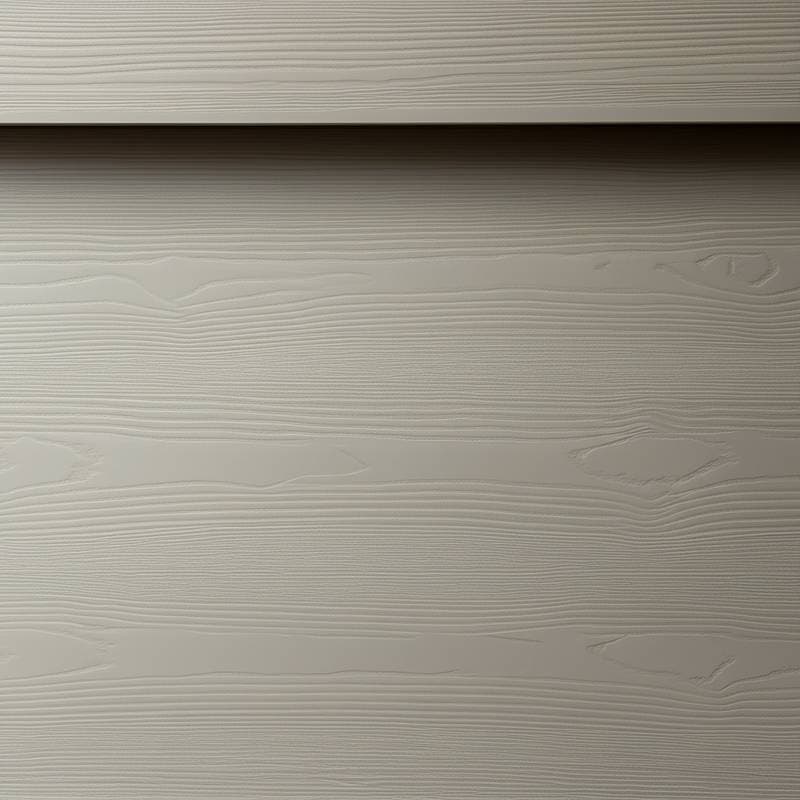Venetian Plaster: Wood's 2025 Luxury Finish Secret
Venetian plaster extends beyond walls into high-end woodwork, where it serves as a premier luxury finish. This technique imparts depth, nuanced tones, and a subtle tactile sheen that surpasses traditional paints and stains. The transformation proves subtle yet significant, converting cabinetry, paneling, and furniture into sculptural elements that interact dynamically with light throughout the day.
At a Glance
Project Type: Custom millwork and furniture finish
Location: Multiple coastal and urban markets
Average Size: 300 to 600 square feet (27.8 to 55.7 square meters) of finished surface
Design Team: Studio Marra Interiors
Photographer: Claire Benton
Before
Wood shops traditionally depended on stains, lacquers, and oils to accentuate grain patterns and achieve desired tones. These approaches provided warmth but frequently lacked the layered texture required by today's interiors. Designers sought finishes that merged historical craftsmanship with contemporary minimalism. As one finisher noted, clients desired surface dynamism without excessive shine, emphasizing touchable quiet luxury.
After
Venetian plaster applied over wood delivers precisely this effect. Craftsmen build it through thin, hand-polished layers that yield a matte shimmer reminiscent of brushed stone. The method seals the wood surface while permitting subtle grain visibility. Photographs reveal how cabinet faces capture diffused light across their expanse, with edges exhibiting a gentle glow from integrated trowel marks. This approach elevates basic millwork to focal points that blend organic feel with polished refinement.
On a practical level, plastered wood withstands minor scratches and fingerprints more effectively than high-gloss alternatives. It disperses light evenly throughout spaces, mitigating harsh shadows and harmonizing contrasts near windows. Professionals recommend it for kitchens, dining areas, and entryways, where its natural tones and textures provide spatial grounding.
Design Details
- Materials: Lime-based Venetian plaster over sealed oak or maple panels, with three to five micro-layers per surface.
- Color Range: Subdued neutrals including bone white, clay gray, and warm sand, enhanced by mineral pigments for gentle variation.
- Finish Level: Buffed to low satin reflectivity with fine wool pads.
- Durability: Breathable wax top coat shields against moisture and daily wear.
- Maintenance: Dust lightly and buff occasionally with a dry cloth; steer clear of abrasive cleaners.
- Installation Notes: Control humidity at 40 to 60 percent during curing to achieve uniform texture.
Design director Lucia Marra explained, We treat the plaster like fabric on wood. Each pass of the trowel changes the rhythm of light. The outcome produces a living surface that evolves with daylight and observation angles.
Key Takeaways
- Depth and Texture: Venetian plaster generates visual motion akin to hand-brushed metal, yet with a gentler mineral essence.
- Light Management: The matte luster minimizes glare while amplifying natural illumination, suiting open-plan layouts.
- Sustainability: Derived from lime, this plaster remains natural and VOC-free, pairing well with FSC-certified woods.
- Adaptability: It suits cabinetry, wall panels, and bespoke furniture, fostering cohesive design schemes.
Woodworkers face preparation as the primary hurdle. Substrates require impeccable smoothness, sealing, and priming with a mineral base to avoid irregular absorption. Experiment on test boards to perfect trowel timing and pressure. Mastery enables transformation of everyday projects into exhibition-quality works.
Applying the Technique
Start by selecting straight-grained hardwoods like oak or maple for optimal results. Sand surfaces to 220 grit, then apply a shellac-based sealer to lock in the grain without altering its subtle presence. Mix lime plaster with water to a creamy consistency, incorporating pigments for color depth.
Trowel the first layer thinly, feathering edges to prevent buildup. Allow 24 hours to dry before adding subsequent coats, burnishing each with a steel trowel for smoothness. After the final layer cures, apply wax in circular motions and buff to reveal the satin glow. Test in varied lighting to confirm the desired interplay of shadow and highlight.
Living with the Finish
Homeowners describe spaces with Venetian-plastered wood as serene and rooted. These surfaces encourage interaction and develop a soft patina with use. For those exploring beyond conventional shines, this method offers understated opulence grounded in skilled artistry. It honors careful execution, rendering everyday wood elements into luminous expressions under any illumination.
Sources or Credits
Design Team: Studio Marra Interiors
Photographer: Claire Benton
Finishing Consultant: Matteo Vieri, Artisan Surfaces.
